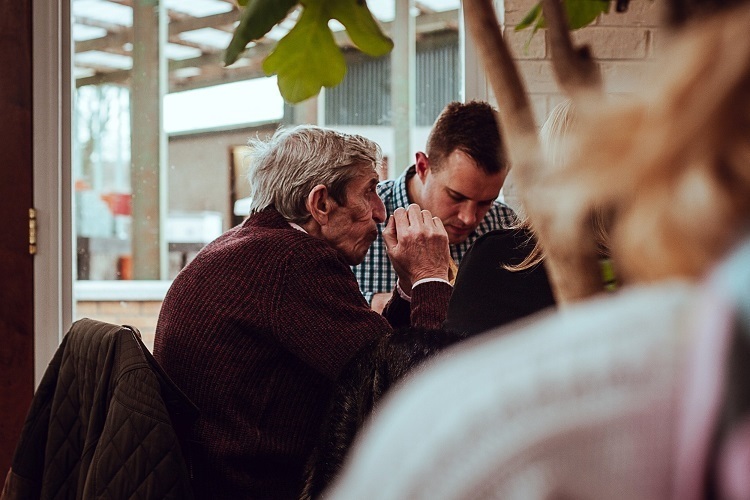Moving into a nursing home is a life-changing event for both the elderly and their families. For some, moving might be a frightening experience because it involves a significant shift in routine, environment, and social circle.
It is crucial to note, however, that transitioning into a nursing home is a long process that involves patience, understanding, and communication.
This article will provide you with some pointers on how to make the transfer into a care home go more smoothly and comfortably.
Table of Contents
Selecting the Best Nursing Home
Choosing the correct care facility is the first step in settling into one. It is critical to conduct research and compare care facilities in order to locate one that suits your loved one’s needs and preferences.
A nursing home by signature is a great example of a care home that provides its inhabitants with quality care and comfort. Consider the following things while selecting a nursing home:
- Location
- Care of high quality
- Amenities and facilities
- Qualifications and experience of employees
- Policies and visiting hours
- Payment choices and costs
- Getting to know your environment
Familiarizing your loved one with the atmosphere is one approach to assist them in settling into a care home. Take them on a tour of the nursing home, including their room, common areas, and outdoor areas.
Encourage them to ask inquiries and become acquainted with the staff and other residents. Familiarization may also include the following:
- Personal objects are used to decorate their room
- Carrying items from home that are familiar to you, such as photographs or keepsakes
- Offering new hobbies and activities to them
Getting to Meet the Employees
The personnel are an important element of the care home experience. They are essential to the resident’s daily routine and well-being. Getting to know the employees might make your loved one feel more at ease and secure in their new surroundings.
Urge your loved one to do the following:
- Inquire about the staff members’ experience and qualifications
- Learn the names of the employees and use them
- Convey their wants and requirements plainly
Getting Involved in Activities
Participating in activities allows your loved one to mingle, stay active, and discover new hobbies. Check to see if their care home offers a variety of activities such as arts and crafts, gardening, music, and exercise. To settle your beloved ones into a shelter home, get essential tips from Casetify.
Encourage your loved one to participate in their favorite activities and to try new ones. Activity participation can also benefit your loved one:
- Get to know their neighbors and make new acquaintances.
- Enhance their physical and mental health
- Keep a sense of purpose and fulfillment.
Communication
Keeping contact with your loved one is critical during the transition period. Urge your loved one to express their feelings, worries, and needs to you and the professionals. Get essential tips and guidance to settle into a care home via letterboxd.org.
Visits and phone calls on a regular basis might also help your loved one feel connected and supported. Communication can also include the following:
- Attending meetings and events in nursing homes
- Addressing any difficulties or concerns with the administration of the care home
- Any changes in your loved one’s health or preferences should be communicated to the care home staff.
Conclusion
Adjusting to life in a nursing home is a slow process that involves patience, understanding, and communication.
Selecting the correct care facility, becoming acquainted with the surroundings, getting to know the staff, participating in activities, and maintaining communication are all ways to make the transfer more comfortable.
